Do you have a question about the Pioneer KEH-P6000RDS and is the answer not in the manual?
Explains the structure and scope of the owner's manual.
Identifies panel parts and provides instructions for its safe removal.
Safety advice for handling the front panel and steps for its replacement.
How to use the clear button and the function button for various modes.
Switching between audio sources and cycling through adjustment modes.
Adjusting fader, balance, bass, middle, and treble for sound output.
Enhancing sound at low volumes and changing panel illumination color.
Adjusting volume levels when changing audio sources or radio bands.
Overview of radio tuning, band selection, and preset assignment.
Methods for tuning radio frequencies manually or using seek functions.
How to switch between FM stereo and mono reception for clarity.
Automatically finds and stores strong radio stations.
Utilizing Radio Data System for station names and alternative frequencies.
Monitoring stations assigned to presets by sequentially tuning.
Recalling stored radio stations and how AF mode affects it.
Managing reception of regional program variants.
Using TP and EON-TP for traffic announcements.
Temporary storage and reception of traffic announcement volume.
How seek tuning, BSM, and RDS stations interact.
Guidelines for using and storing cassette tapes.
Using Dolby noise reduction and selecting tape types like Metal.
Navigating tapes using fast forward, rewind, and music search functions.
Inserting, playing, and ejecting cassette tapes.
Important notes regarding multi-play CD player compatibility and usage.
Selecting between connected multi-play CD players.
Selecting tracks by number and navigating tapes.
Setting repeat modes for track, disc, magazine, or all discs.
Playing tracks in a random order according to the selected mode.
Playing the beginning of tracks to search for desired music.
Programming and playing selected favorite tracks.
Removing programmed tracks and pausing playback.
Entering custom titles for discs for easier identification.
Procedures for entering and displaying disc titles in the player.
Changing the display between playback time and disc title.
Detailed technical data for the unit's components and performance.
| frequency range | 87.5 — 108 MHz |
|---|---|
| usable sensitivity | 11 dBf (1.01V/75Ω, mono, S/N: 30 dB) |
| 50 dB quieting sensitivity | 16 dBf (1.71V/75Ω, mono) |
| signal-to-noise ratio | 70 dB (IEC-A network) |
| distortion | 0.3% (at 65 dBf, 1 kHz, stereo) |
| stereo separation | 40 dB (at 65 dBf, 1 kHz) |
| power source | 14.4 V DC (10.8 — 15.6 V allowable) |
|---|---|
| max. current consumption | 6.0A |
| dimensions (chassis) | 178 (W) x 50 (H) x 150 (D) mm |
| dimensions (front face) | 188 (W) x 58 (H) x 15 (D) mm |
| weight | 1.5 kg |
| frequency range | 531 — 1, 602 kHz |
|---|---|
| usable sensitivity | 18 µV (25 dB) (S/N: 20 dB) |
| selectivity | 50 dB (+9 kHz) |
| maximum power output | 22 W x 4 (EIAJ) |
|---|---|
| continuous power output | 14 W x 4 (DIN45324, +B = 14.4 V) |
| load impedance | 4Ω (4 — 8Ω allowable) |
| preout output level/output impedance | 500 mV/1 kΩ |
| bass | +12 dB (100 Hz) |
|---|---|
| middle | +12 dB (1 kHz) |
| treble | +12 dB (10 kHz) |
| loudness contour | +10 dB (100 Hz), +7 dB (10 kHz) (Volume: -30 dB) |
| tape type | Compact cassette tape (C-30 — C-90) |
|---|---|
| tape speed | 4.8 cm/sec. |
| fast forward/rewind time | Approx. 100 sec. for C-60 |
| wow & flutter | 0.13 % (WRMS) |
| frequency response (KEH-P6000RDS, KEH-5800RDS) | Metal: 40 — 17, 000 Hz (+3 dB) |
| frequency response (KEH-5200RDS, KEH-52RN) | 40 — 14, 000 Hz (+3 dB) |
| stereo separation | 45 dB |
| signal-to-noise ratio (KEH-P6000RDS, KEH-5800RDS) | Metal: Dolby B NR IN: 63 dB (IEC-A network), Dolby NR OUT: 55 dB (JEC-A network) |
| signal-to-noise ratio (KEH-5200RDS, KEH-52RN) | 52 dB (IEC-A network) |



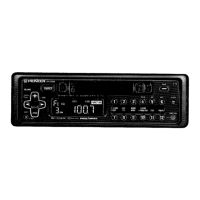


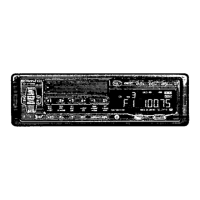


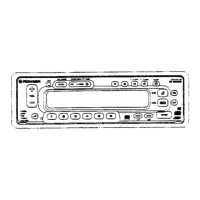
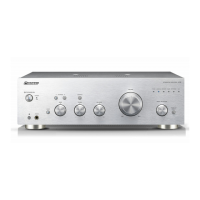
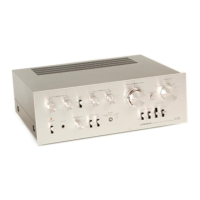
